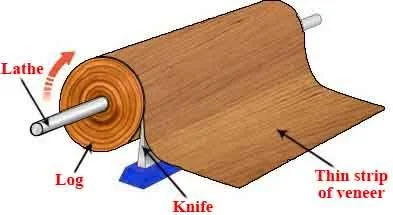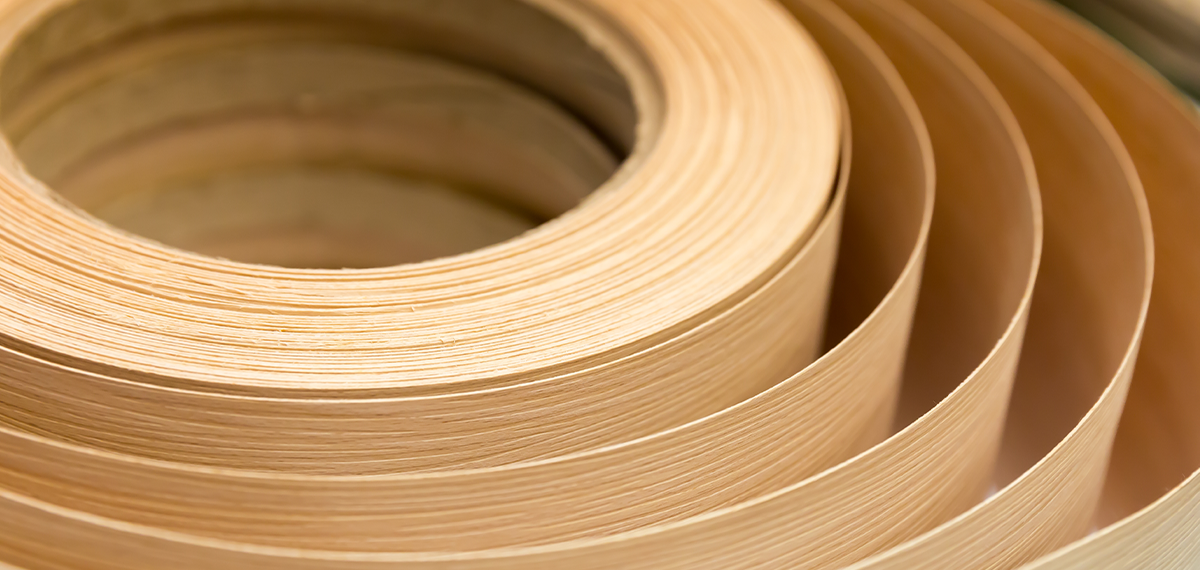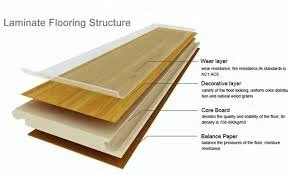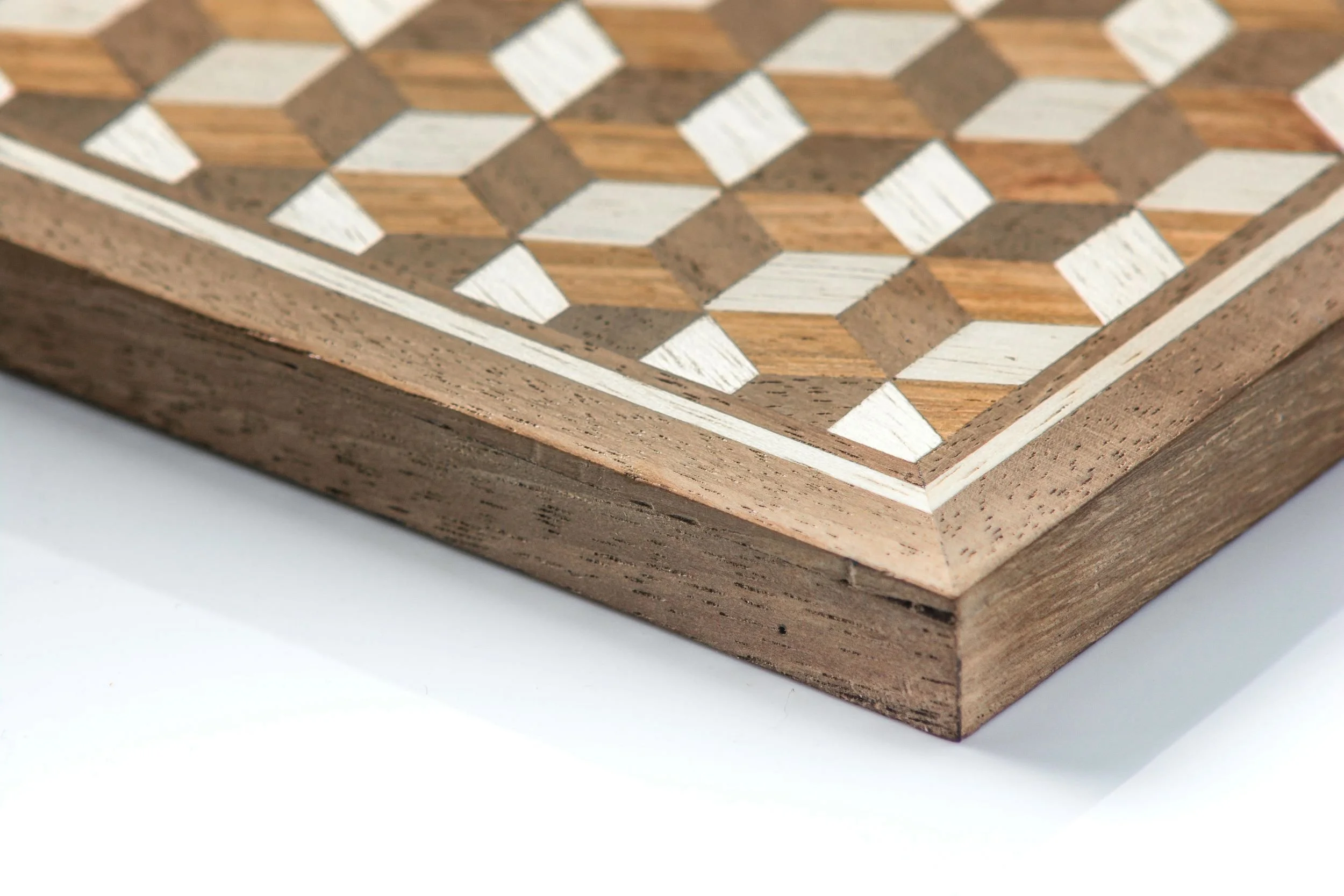Wood Veneer: A Timeless Craft in Modern Woodworking
What is Wood Veneer? A Natural Touch in Modern Design
Wood veneer is a remarkable material that captures the beauty and texture of natural wood, but with a fraction of the weight and cost. At its core, veneer is a thin slice of real wood, usually cut to less than 3 millimeters thick, that is adhered to a substrate such as plywood, MDF (medium-density fiberboard), or particleboard.
The beauty of wood veneer lies in its ability to present the look and feel of solid wood while using far less material. Each sheet of veneer showcases the unique grain patterns and characteristics of the tree from which it is sourced, providing an organic, one-of-a-kind element to furniture, cabinetry, and interior design.
Historical Roots of Wood Veneer
The use of wood veneer has a long and illustrious history, stretching back thousands of years. Ancient Egyptians are credited with some of the earliest known examples, where veneers were applied to create exquisite furniture and coffins for royalty. By carefully slicing thin layers from precious wood, artisans were able to use rare and expensive species sparingly, maximizing their impact without the waste. This practice continued through the centuries, reaching new heights in the 18th and 19th centuries, particularly in Europe where marquetry and parquetry became prominent.
How Is Wood Veneer Used in Modern Woodworking?
In today's woodworking, veneer is an essential material used across a broad spectrum of applications. From furniture to interior panels, it provides the luxurious appearance of wood at a more affordable price point while allowing for innovative designs and finishes.
Furniture: Wood veneer is commonly used in high-end furniture, particularly in table surfaces, cabinetry, and shelving. It allows for the use of intricate patterns, like bookmatching (where two adjacent sheets of veneer are laid side-by-side to mirror the grain) and herringbone designs that would be nearly impossible to achieve with solid wood.
Architectural Woodwork: Veneers are frequently used for wall paneling, doors, and decorative surfaces. This allows designers to create a consistent wood finish throughout an interior space without worrying about the warping, shrinking, or expansion that can occur with solid wood.
Marquetry by Doug Hill. The pattern and depth is created using multiple types of wood veneer and changing the grain direction.
Inlays and Marquetry: Veneers allow for precise, detailed work in marquetry and inlay, where thin pieces of wood are combined to create images or patterns. These fine details would be difficult and costly to replicate with thicker solid wood.
Why Choose Wood Veneer?
There are many practical and aesthetic reasons why wood veneer is favored in both residential and commercial woodworking.
Resource Efficiency: Veneer allows for the use of wood in a highly efficient way. A single log can produce enough veneer to cover a large surface area, making it a more sustainable option compared to solid wood.
Aesthetic Flexibility: Veneer offers nearly limitless possibilities for design. From exotic species like rosewood and teak to more common types like oak and maple, wood veneer provides access to a wide variety of grain patterns and colors. It also enables advanced techniques, such as radial patterns, where veneers are arranged to create sunburst effects, or inlays that blend multiple wood types.
Precision and Stability: One of the advantages of wood veneer is its ability to remain stable over time, especially when adhered to engineered substrates. Solid wood tends to expand, contract, and warp with changes in humidity and temperature, while veneer, when properly applied, retains its shape and appearance with minimal maintenance.
Wood Veneer vs. Laminate: Understanding the Difference
While wood veneer and laminate are often confused, they are distinctly different materials. Both have their place in woodworking, but it’s important to understand their differences and appropriate uses.
Material Composition:
Wood Veneer
Source: https://awiqcp.org/news-and-blog/an-overview-of-wood-veneers/
Wood Veneer is made from natural wood, meaning each sheet of veneer is unique, showcasing the natural grain, knots, and variations of the wood.
Wood Laminate
Source: https://interiofloors.com/knowledge-what-is-laminate-wood-flooring/
Laminate, on the other hand, is a synthetic material, typically made from layers of paper or plastic, bonded together and printed with a high-resolution image of wood grain.
Durability:
Laminate is generally more resistant to scratches, stains, and water than wood veneer, making it a popular choice for high-traffic areas or commercial settings.
However, veneer, being made from natural wood, offers a more authentic feel, and it ages gracefully, developing a patina over time, while laminate tends to wear out more obviously.
Repairability:
Veneer can be sanded and refinished to restore its appearance, though it requires care not to sand through the thin wood layer.
Laminate cannot be refinished; once it's damaged, it usually has to be replaced.
Environmental Impact:
Because wood veneer is made from real wood, it is considered more eco-friendly than laminate, which often involves petrochemicals in its production. Veneer also utilizes fewer resources from each log, making it a sustainable choice.
How to Tell the Difference Between Wood Veneer and Laminate
One of the best ways to tell wood veneer apart from laminate is by touch. Veneer will feel warm and textured, as it’s a natural material, while laminate tends to feel cooler and smoother due to its synthetic nature. Additionally, the grain patterns on veneer will vary from piece to piece, while laminate’s printed patterns are often repetitive and lack the depth of real wood.
The Cost of Wood Veneer: Is It Expensive?
The cost of wood veneer can vary greatly depending on several factors, including the wood species, the size of the veneer sheet, and the quality of the substrate. Exotic woods like zebrawood, ebony, or mahogany veneers are more expensive due to their rarity, while more common species like maple or birch tend to be more affordable.
Although wood veneer is generally more expensive than laminate, it is far less costly than using solid wood throughout a project. Its affordability combined with the high-end appearance makes veneer a favorite for interior designers and woodworkers looking to balance luxury with cost-effectiveness.
Advantages of Wood Veneer
Natural Beauty: Nothing beats the authentic look and feel of real wood. Veneer offers the warmth, grain, and natural variations that come from real timber.
Versatility: Wood veneer can be applied to a wide variety of surfaces, including furniture, walls, and architectural elements, allowing for creative and unique design applications.
Sustainability: Veneer maximizes the yield from each tree, reducing waste and allowing the use of exotic species in a more sustainable way.
Lightweight Construction: Veneer applied to an engineered substrate like MDF results in a lightweight product, making it easier to move and install compared to solid wood pieces.
Disadvantages of Wood Veneer
Fragility: Veneer can be more fragile than solid wood, particularly if the surface is scratched or damaged.
Complexity in Repair: If veneer is chipped or damaged, repairs can be more complicated than with solid wood, as matching the exact grain and color can be challenging.
Water Sensitivity: Since veneer is applied over a substrate, exposure to water can cause the substrate to swell and the veneer to lift or warp. Protective finishes can help mitigate this risk, but care is still needed to prevent water damage.
The Value of Wood Veneer in Fine Woodworking
Wood Veneer tabletop
Photo Credit: Juan Segmentado (via Pexels.com)
Wood veneer is more than just a cost-effective alternative to solid wood—it’s a material rich in history, beauty, and versatility. From its origins in ancient Egypt to its continued use in modern woodworking, veneer allows craftsmen to create intricate designs and luxurious finishes without the limitations or cost of solid timber.
Whether you’re looking to enhance your home with custom wood furniture or simply appreciate the finer points of woodworking, understanding the role of wood veneer can help you make informed choices for your projects. As a craftsman who prioritizes sustainability and quality, I’ve found wood veneer to be an invaluable tool for creating beautiful, lasting pieces that honor the natural beauty of wood.





